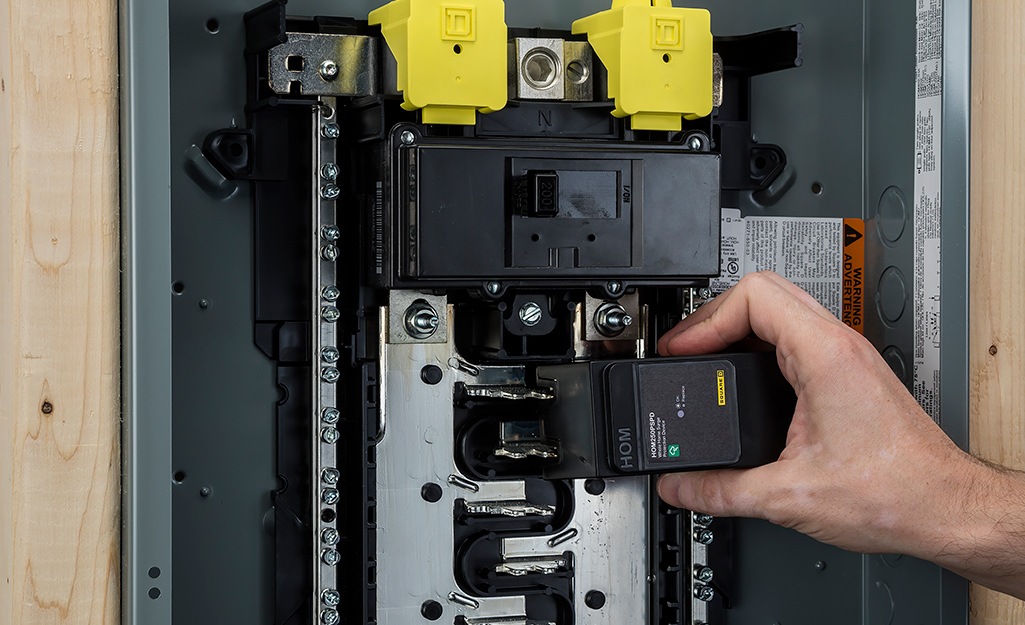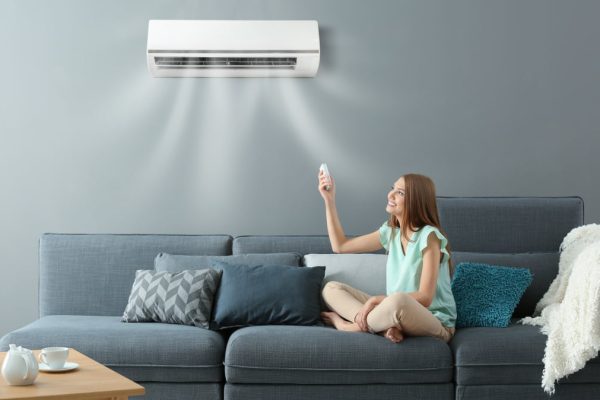Protecting your electronic devices from power surges is crucial whether you are an IT specialist, a handyman, a business tycoon, or a housekeeper.
We keep all sorts of crucial information on our electronic devices. Thus, losing them is not just a small hassle but a serious problem that will affect your life significantly. That’s the downside of living in the digital age.
So, it’s weird how vulnerable all our devices are when plugged into the electric grid. A power surge can occur when a sudden voltage increases, which can damage or destroy your valuable equipment. This is where a surge protector comes into play.
However, before you rush to Amazon to buy a surge protector from the first vendor with five stars, it’s a good idea to know what to look for. So, we gathered the most important things you need to know before buying a surge protector.
What a surge protector does, and why do you need one?
A surge protector (also called a surge suppressor) is essentially a device designed to protect your electronic devices from voltage spikes or surges.
These surges occur when there is a sudden increase in the electrical voltage flowing through the power lines. While small surges are common and often go unnoticed, larger surges can cause significant damage to your electronic equipment.
Several factors can cause power surges, with one of the most frequent ones being lightning strikes. Lightning near a power line can induce a massive surge of electricity that travels through the wiring and reaches your home.
This surge can easily overload and damage electronic devices connected to the power grid. Even if a lightning strike doesn’t directly hit your home, it can still affect the nearby power lines and cause voltage fluctuations.
The need for a surge protector arises from electronic devices being highly sensitive to voltage fluctuations.
When a power surge occurs, the excess voltage can overwhelm the delicate components within your devices, causing damage or complete failure. This damage can range from minor glitches and data loss to irreversible harm, rendering your devices unusable.
Considering the significant financial investment we make in electronic devices, protecting them from potential power surges is essential.
A surge protector acts as a defence mechanism by intercepting and diverting the excess voltage away from your devices. It absorbs the excess energy and channels it to the grounding wire, protecting your devices from the harmful effects of the power surge.
How to choose the right surge protector?
Choosing a surge protector is not that complicated, but you shouldn’t rush into a decision blindly. There are several factors to consider before choosing and buying your surge protector. Ultimately, to make the best possible decision, it’s wise to consult a qualified technician, just to be sure.
What do you aim to protect?
First, it is essential to consider what devices you intend to protect.
First, make a list of the electronic equipment that you want to safeguard against power surges. This could include computers, televisions, gaming consoles, audio systems, or any other sensitive devices.
Different surge protectors offer varying levels of protection and features, so knowing what you want to protect will help you choose the right one.
What level of protection do you need?
Surge protectors are rated in joules, which indicates their ability to absorb excess voltage. Usually, the greater the joule rating, the more protection the surge protector provides. Basic protection is provided when the joule rating is at least 1000.
However, opting for a higher joule rating is advisable if you have expensive or critical equipment.
In addition to the joule rating, look for a surge protector with a clamping voltage rating of 400 volts or less. This rating determines the voltage at which the surge protector begins diverting excess voltage. The lower the clamping voltage, the better the protection for your devices.
How many electrical outlets do you have?
Consider the number of electrical outlets you have available and the number of devices you want to connect to the surge protector. Surge protectors come in various sizes, offering different numbers of outlets.
Therefore, choosing a surge protector with enough outlets to accommodate your devices is crucial. Additionally, ensure that the surge protector has spaced outlets or room for bulky power adapters, as this will prevent overcrowding and allow for efficient use.
Where will you install and use your surge protector?
Think about where you plan to install and use the surge protector. Surge protectors come in different form factors, such as power strips, wall-mounted units, or even ones designed for outdoor use.
Consider the location and layout of your electronic devices to determine the most suitable surge protector type. If you plan to use the surge protector outdoors or in areas prone to moisture, ensure it has weatherproof or waterproof features.
Additional Surge Protector Features
When choosing a surge protector, you might want to consider some extra features you may get as a bonus.
For example, many modern surge protectors come equipped with built-in USB ports. These ports allow you to charge your mobile devices directly without separate chargers or adapters.
This feature is especially useful when you have limited electrical outlets available or when you want to declutter your workspace.
Moreover, surge protectors with LED indicators provide visual feedback on their status and functionality. These indicators typically include lights that show if the surge protector is properly grounded, is actively protecting against surges, or needs to be replaced.
LED indicators help you easily monitor the surge protector’s performance and take necessary action if any issues arise.
Some surge protectors are equipped with built-in circuit breakers. If the surge protector detects an overload or short circuit, these breakers automatically trip and cut off the power supply to the connected devices.
This feature protects your devices from power surges and prevents potential electrical hazards and fire risks.
Finally, some surge protectors offer timed or switched outlets. These outlets can be programmed to turn on or off at specific times, allowing you to conveniently control the power supply to devices that are not in constant use.
This feature can help save energy and extend the lifespan of specific devices, such as lamps or chargers.
Consult with an Electrician to Help
If you’re unsure about your home’s specific surge protector requirements, looking for quality electrical services is always a good idea. They can assess your electrical system, provide expert advice, and ensure you choose the right surge protector for optimal protection.
An electrician can also help properly install the surge protector to ensure its effectiveness. Then, with the right surge protector in place, you can have peace of mind knowing that your electronics are protected from unexpected power surges.





